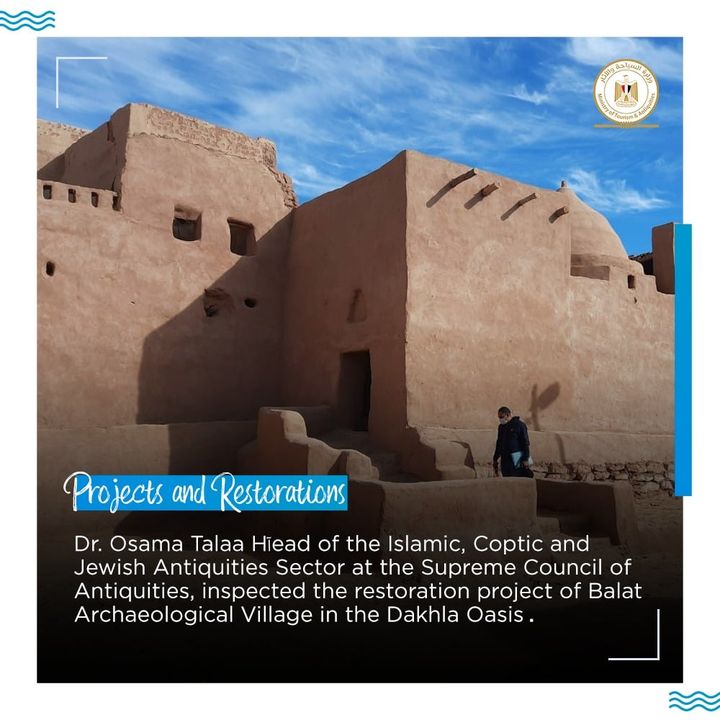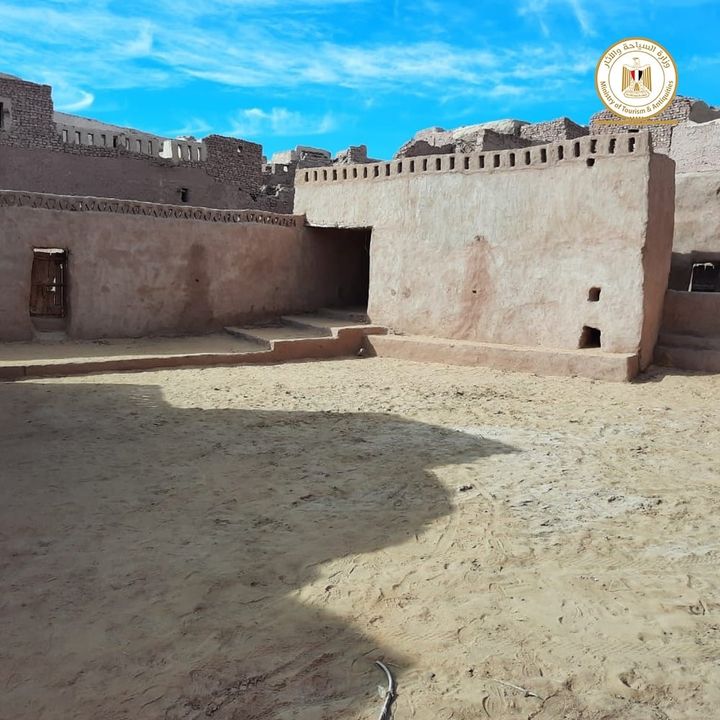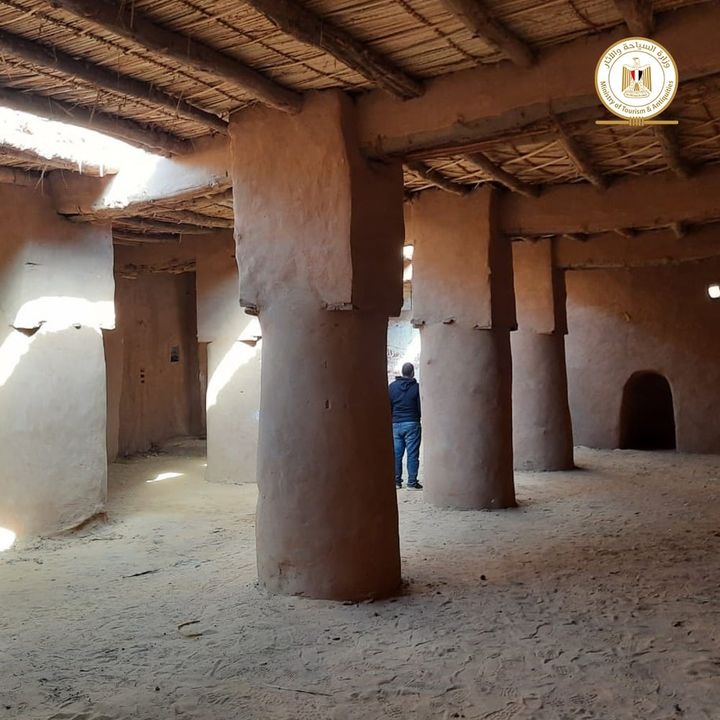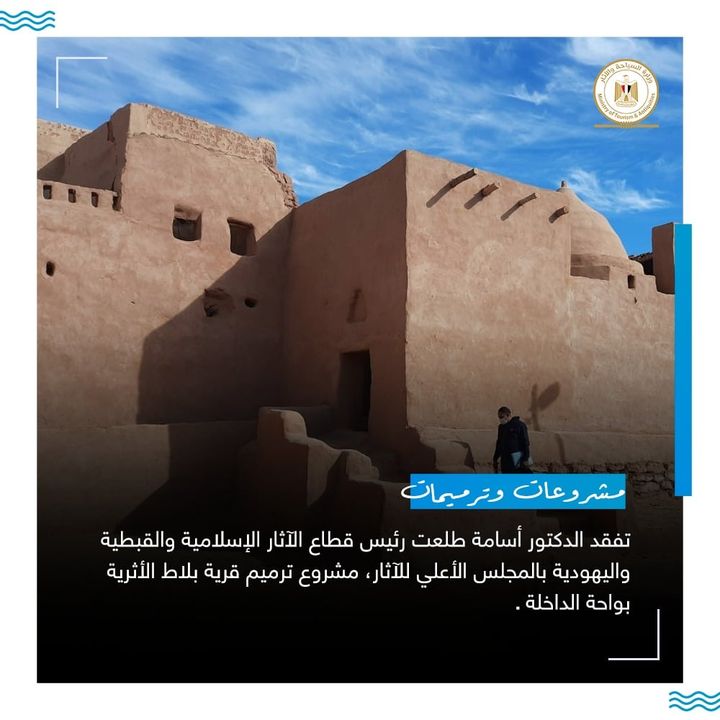رافقه خلال الجولة العميد مهندس أيمن الدماطي بجهاز مشروعات الخدمة الوطنية، والدكتور محمود مسعود مدير عام آثار الداخلة.
وخلال الزيارة تم تفقد ما تم تنفيذه من أعمال الترميم المعماري والدقيق، حيث بلغت نسبة الإنجاز بالمشروع حوالى ٨٠ % ومن المنتظر افتتاحه نهاية شهر فبراير.
وأوضح الدكتور أسامة طلعت أن أعمال الترميم شملت 12 مبني أثري بالمدينة تمثلت في 7 منازل ومسجدين وطاحونة وعصارة الزيتون والشارع الدائري بما يضمه من مجموعة السقائف والواجهات والحوانيت.
جدير بالذكر أن مدينة بلاط تقع على بعد 35 كيلو متر إلى الشرق من مدينة موط مركز الداخلة وتعتبر من أهم المدن الإسلامية الباقية بواحة الداخلة والتي تعبر عن الطراز الحق للعمارة الإسلامية في الواحات. فالمدينة مبنية بالطوب اللبن وتتألف من شارع رئيسي يدور حولها يسمى شارع دائر البلد يتفرع منه حارات ودروب وآذقة، وتتميز شوارعها بأن بها السقائف والملاقف ويزيد بها نسبة المسقوف عن المكشوف وذلك في محاولة للتغلب على طبيعة المناخ الصحراوي القاري شديد البرودة شتاءا شديد الحرارة صيفا.
كما تتميز المدينة بواجهاتها ذات المداخل المعقودة والمثبت عليها لوحات خشبية تحمل نصوص تأسيسية. ومن أهم المعالم الأثرية بها هم مسجدي القابلة، وعين علم، ومنزل ديوان العمدة، وطاحونة البرنس.
The restoration project of Balat Archaeological Village in the Dakhla Oasis opens in February
Dr. Osama Talaat, head of the Islamic, Coptic and Jewish Antiquities Sector at the Supreme Council of Antiquities, visited the restoration project of Balat Archaeological Village in the Dakhla Oasis, which is implemented by the Ministry of Tourism and Antiquities in cooperation with Wadi El-Gedid Governorate and the National Service Projects Agency.
He was accompanied by Brigadier Engineer Ayman Al-Damati at the National Service Projects Agency, and Dr. Mahmoud Masoud, Director General of Dakhla Antiquities.
During the visit, Dr. Talaat followed up on the fine and architectural restoration work implemented. He said that 80% of the project is completed and it is expected to open at the end of February.
Dr. Osama Talaat explained that the restoration work included 12 archaeological buildings in the city, which were 7 houses, two mosques, an olive mill, an olive press, and a ring street, including a group of sheds, façades and shops.
It is worth noting that Balat is located 35 km to the east of the city of Mut, the center of Dakhla, and it is considered one of the most important remaining Islamic cities in the Dakhla Oasis, which showcases the true style of Islamic architecture in the oases. The city is built with mud bricks and has a main street that revolves around it called the Daer Al-Balad Street, from which alleys and paths branch. Its streets have more roofs than exposed areas, to overcome the nature of the continental desert climate, which is very cold in winter and very hot in summer.
The city is also distinguished by its vaulted entrances and wooden panels bearing texts. Among the most important monuments there are the mosques of El-Modila, Ain Alam, the house of the office of the mayor, and the Mill of the prince.




